A Most Epic Art Exhibition Brings the Treasures of America’s Greatest Museum Secret to Houston
Glory of Spain's Immense Scale is Something Even Other Blockbuster Art Events Can't Match
BY Tarra Gaines // 03.04.20Joaquín Sorolla y Bastida, Louis Comfort Tiffany, oil on canvas, the Hispanic Society of America.
If they gave an award for most epic art exhibition, the Museum of Fine Arts, Houston’s presentation Glory of Spain: Treasures from the Hispanic Society Museum & Library would definitely win for the season, if not the year. Spanning 4,000 years and containing more than 200 glorious objects – including paintings, drawings, sculpture, illuminated manuscripts, maps, textiles, porcelains, ceramics, metalwork and jewelry – the exhibition holds a rare concentration of beauty and history in one place.
These treasures come from a hundred-year-old cultural institution that MFAH director Gary Tinterow calls: “New York’s and maybe even America’s greatest, best kept secret.”
Founded by Archer M. Huntington in 1904, the Hispanic Society serves as a free public museum and library to advance the study and appreciation of the arts, literature and cultures of the Hispanic world.
Now that secret is out as Glory of Spain does some selected touring in the new world, with the MFAH presentation exclusive to Texas and the region.
At a recent preview walkthrough, PaperCity talked with Mitchell Codding, executive director and president of the Hispanic Society Museum, along with MFAH associate curator of European art James Anno, who organized the exhibition for the Houston stop.
The sprawling exhibition showcases art and cultural artifacts from more than four millennia and many continents. To keep visitors from becoming overwhelmed the show clusters the objects into six sections: Antiquity in Spain, Medieval Spain, Golden Age Spain, Viceregal and 19th Century Latin America, Enlightenment in Spain and Modern Spain.
“There’s a unique opportunity to see the historical movement of all the art and culture that came out of Spain over those 4,000 years,” Codding says.
Since such a vastness of art and artifacts might require several visits to fully contemplate, here are a few travel tips to begin this art adventure across thousands of years of Spanish culture and beyond.
Consider the Art From All Angles
From a 100 BC Celtiberian neck ornaments to 15th century Galician door knockers to 17th century Mexican pottery, the exhibitions range of mediums call for more than just head-on viewing. Anno took advantage of the huge space of the Law Building’s upper gallery to place some of the objects in transparent cases that allow viewing from all sides.
“One of the strategies I’ve attempted to achieve is to encourage our visitors to move,” he notes.
In other spots we see pieces closer to the floor, like Tomb of the Duchess of Alburquerque and installed above eye level like a panel altar ensemble, giving us a sense of what it would be like to look upon the works in their original setting.
Go with the Art Flow
As you move through the galleries marveling at works of El Greco, Diego Velázquez and Francisco de Goya, perhaps try to take in both the macro and micro pictures, the works as individual objects and the epic sweep of history as artists and artisans responded to and influenced each other.
“You’re going to see many relationships between the different media types, whether works on paper, liturgical vestments worn during Catholic mass or liturgical objects like this chalice,” Anno says. “All of these objects existed in relationship to one another within their original context. Of course artists and craftsmen were aware of this and so a lot of the colors, motifs and even materials were cross-fertilized.”
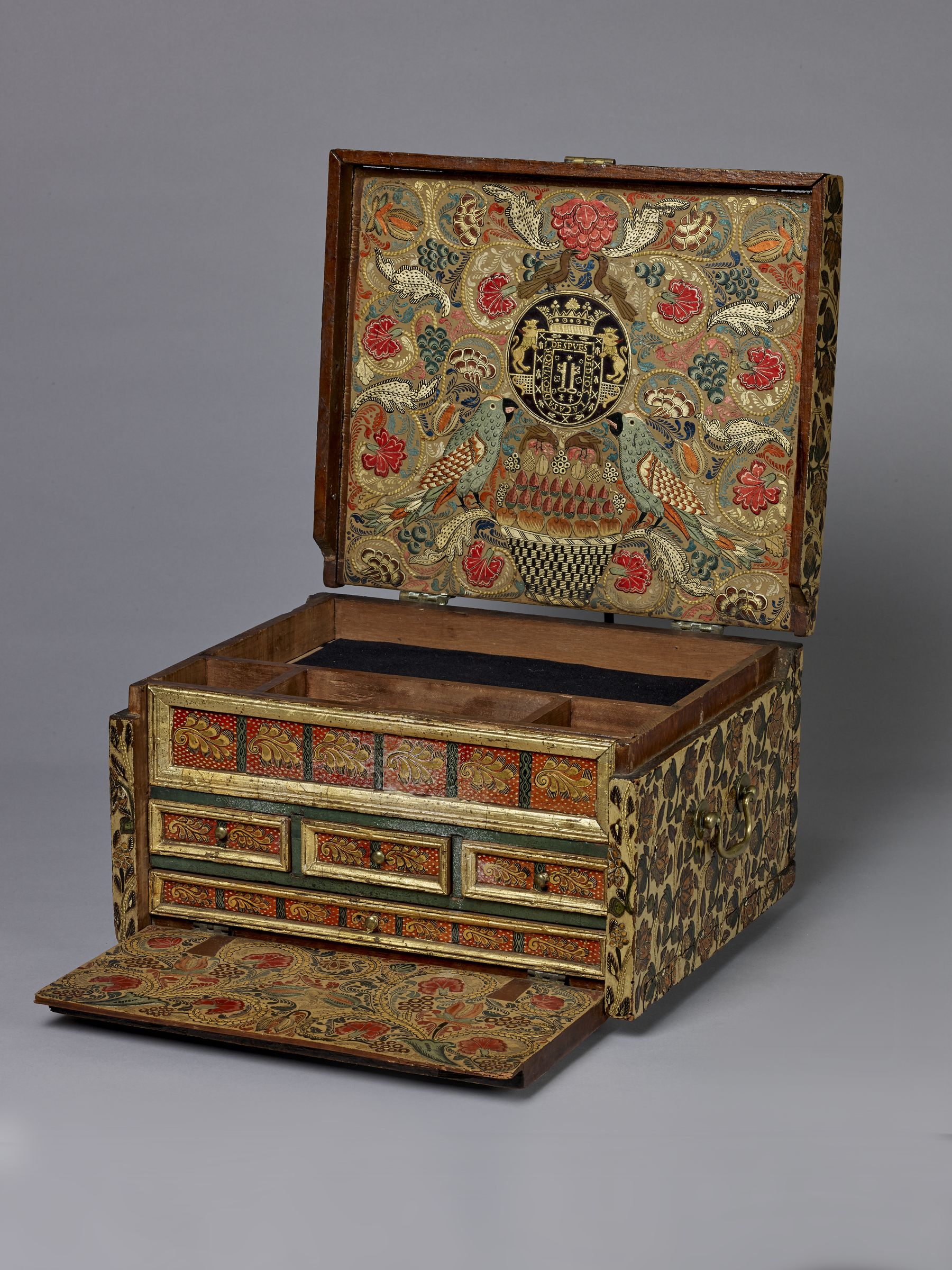
Make Time for Story Time
Many of the artworks and artifacts hold personal stories of the creators and subjects, so don’t breeze through the exhibition without pausing now and then to read through some of the wall texts or in some cases the manuscripts and letters themselves.
“It’s truly remarkable to see these handwritten very personal relics of the individuals of the extraordinary lives lived,” observes Tinterow of some of his favorite pieces in the exhibition, like a letter from Charles V, Holy Roman Emperor, to his son Philip (a.k.a the future King Philip II) on how to be a good and just ruler and a correspondence from Queen Elizabeth I to her brother in law (the same Philip II) after the death of her sister Mary Tutor. Apparently everyone who was anyone wrote to Philip during Spain’s golden age.
The showstopper of the whole exhibition – in that the painting stops viewers in their tracks – Francisco de Goya’s portrait The Duchess of Alba, proves Goya’s painting mastery. Art history tells us the Duchess died five years after the painting’s completion and Goya kept the portrait to himself for the next 26 yrs of his life. So perhaps, as Anno states, the painting also hints at a possible “special connection” and “narrative possibilities” between artist and Duchess.
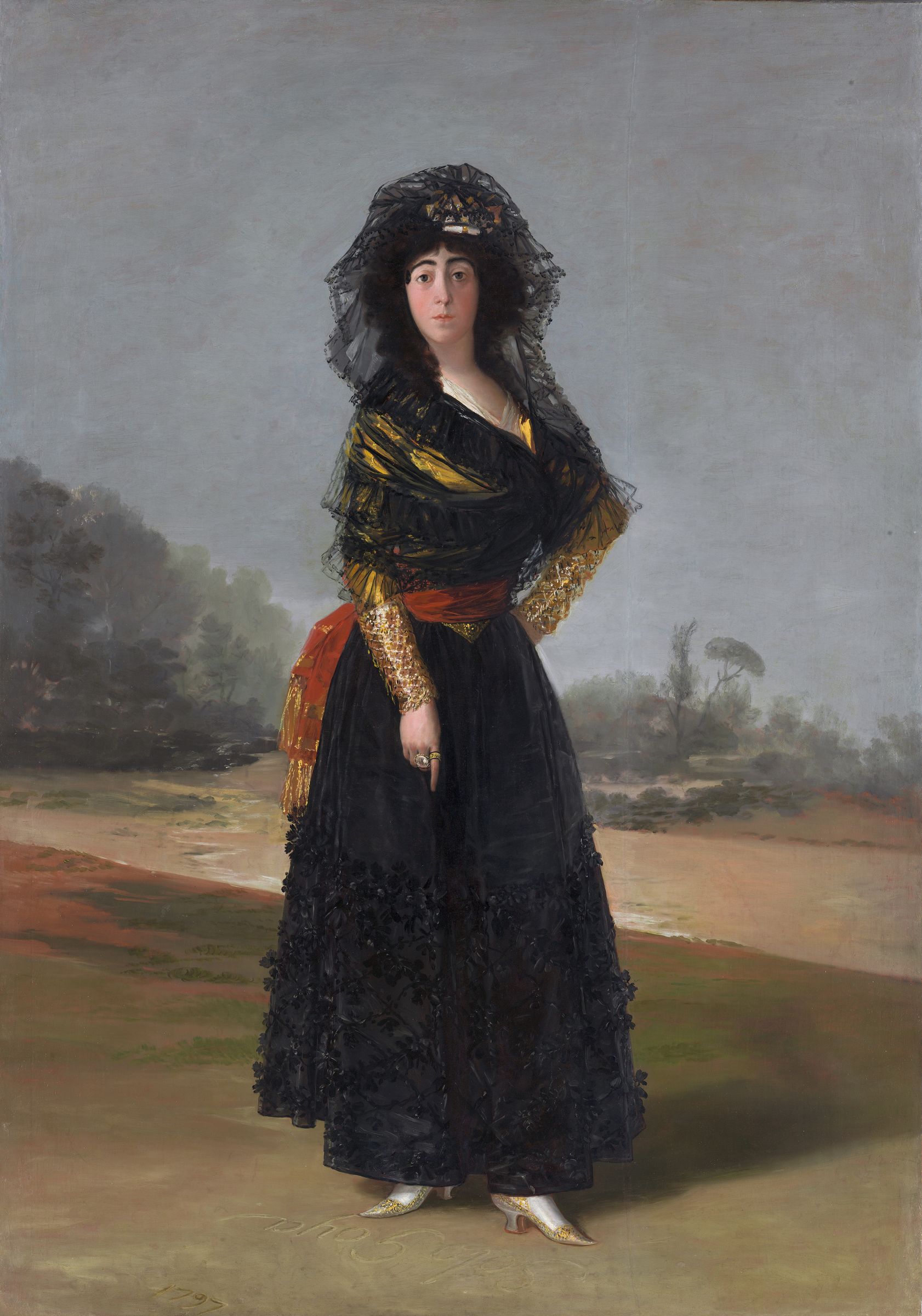
Jump Between the Juxtapositions
While the show has traveled to different United States and international venues with the six sections always installed chronologically, Codding says the exact organization has changed with each institution. In Houston, Anno has used the juxtaposition of pieces and artwork to better tell intriguing art and cultural tales.
The best example of this revelatory positioning comes in the last gallery as a half wall separates light and dark, specifically the paintings of early 20th century contemporary artists, Ignacio Zuloaga and Joaquín de Sorolla y Bastida. Zuloaga’s work, like the dramatic black, grey and bloody The Penitents harkens back to some of the religious imagery of Medieval and golden age Spain, while Sorolla, working in France, was greatly influenced by the Impressionists. His Louis Comfort Tiffany garden portrait seems to light up and give blossom to the entire half gallery.
“In these two galleries you can see the direction that art and painting has taken since the medieval period,” Anno says. “We have an emphasis on the fleeting aspect of color-play and light, as artists try to capture a moment in time as they observe it in nature.”
“Zuloaga was part of a movement of presenting traditional Spain, which a lot of times is called dark Spain, all the old traditions and customs. He was essentially the exact opposite of Sorolla,” Colling notes. “They were rivals and didn’t particularly like each other either. Zuloaga ultimately was jealous of Sorolla because he thought he was an equal if not better painter.”
Anno says the hanging of light and dark the two in opposing gallery territories was intentional.
“That’s the fun part of curating a touring show. When it comes to your venue you get to think through the material.”
Glory of Spain: Treasures from the Hispanic Society Museum & Library will be on view at the MFAH through May 25.
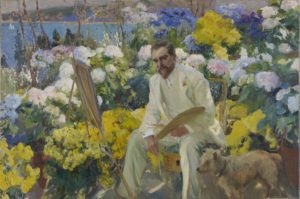
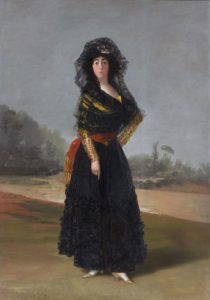


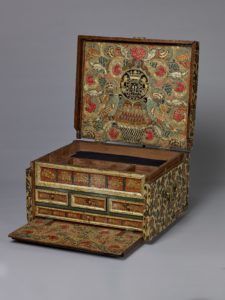
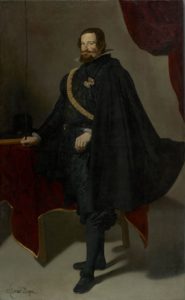

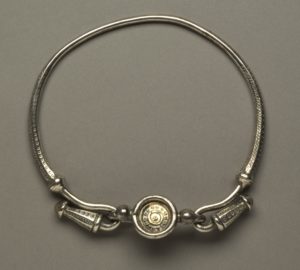
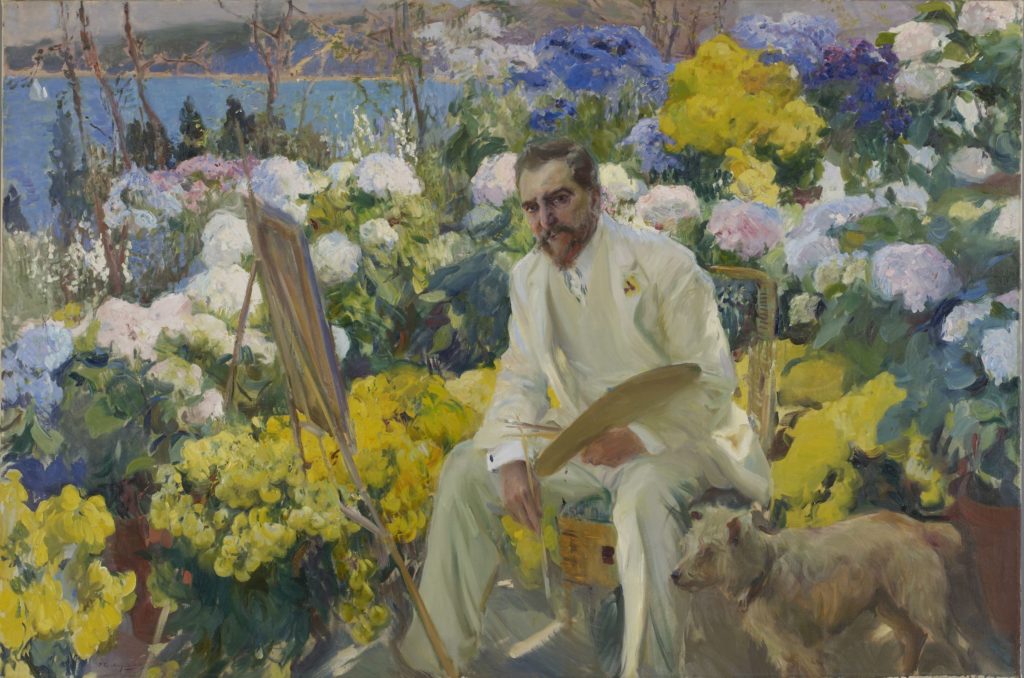
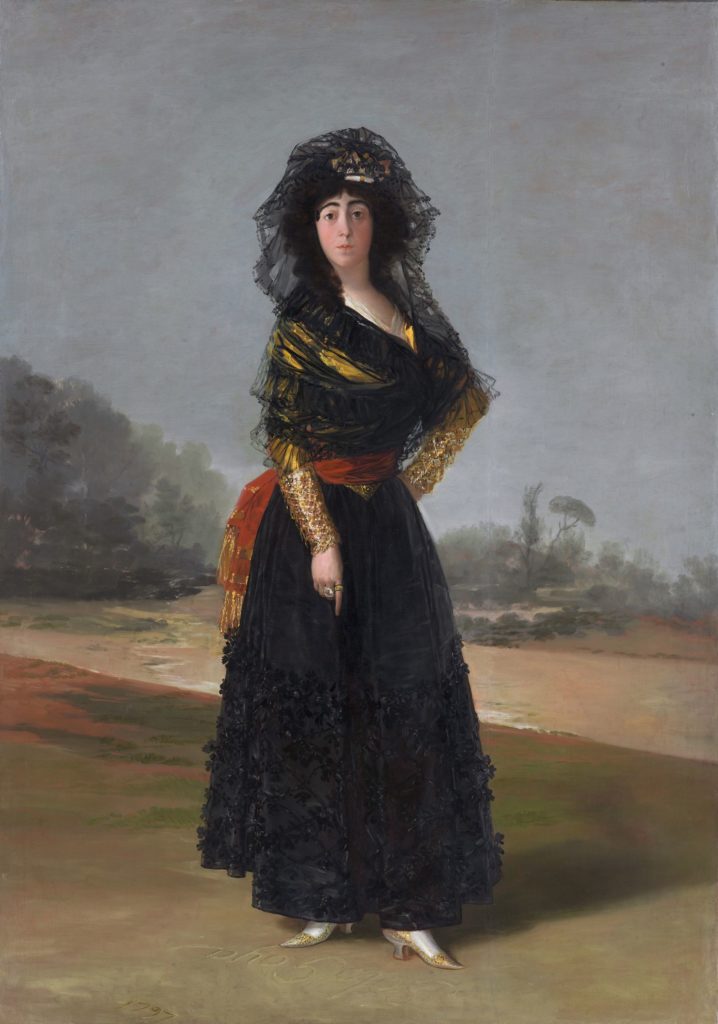

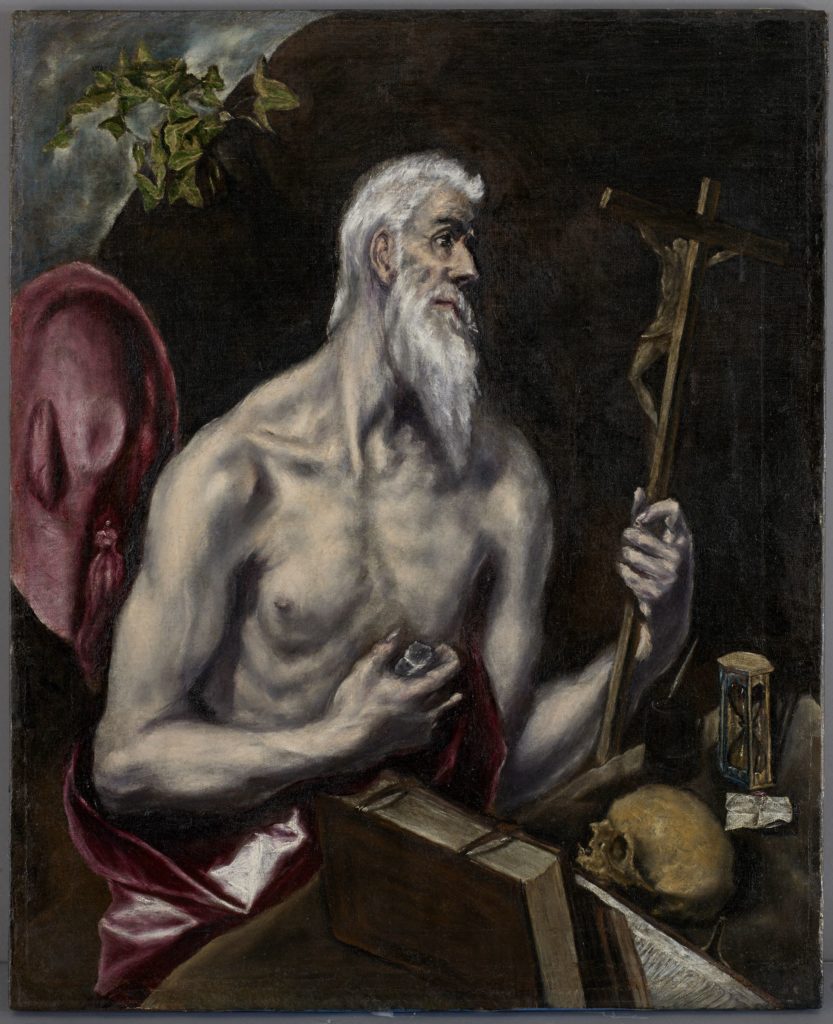
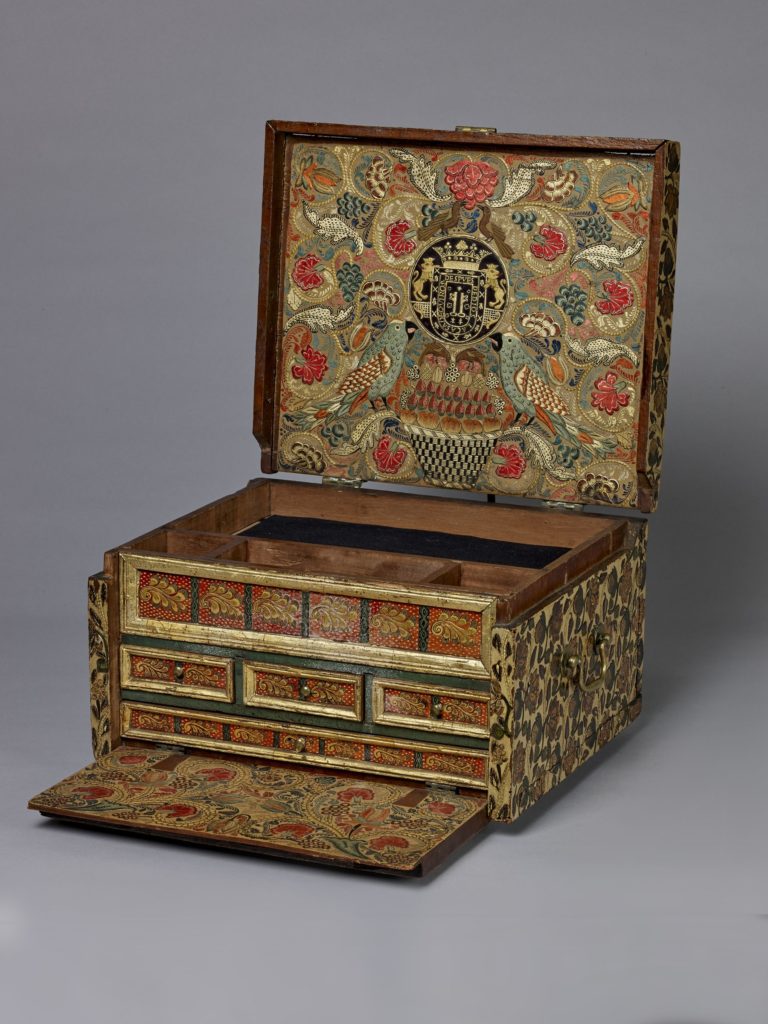














_md.jpeg)
